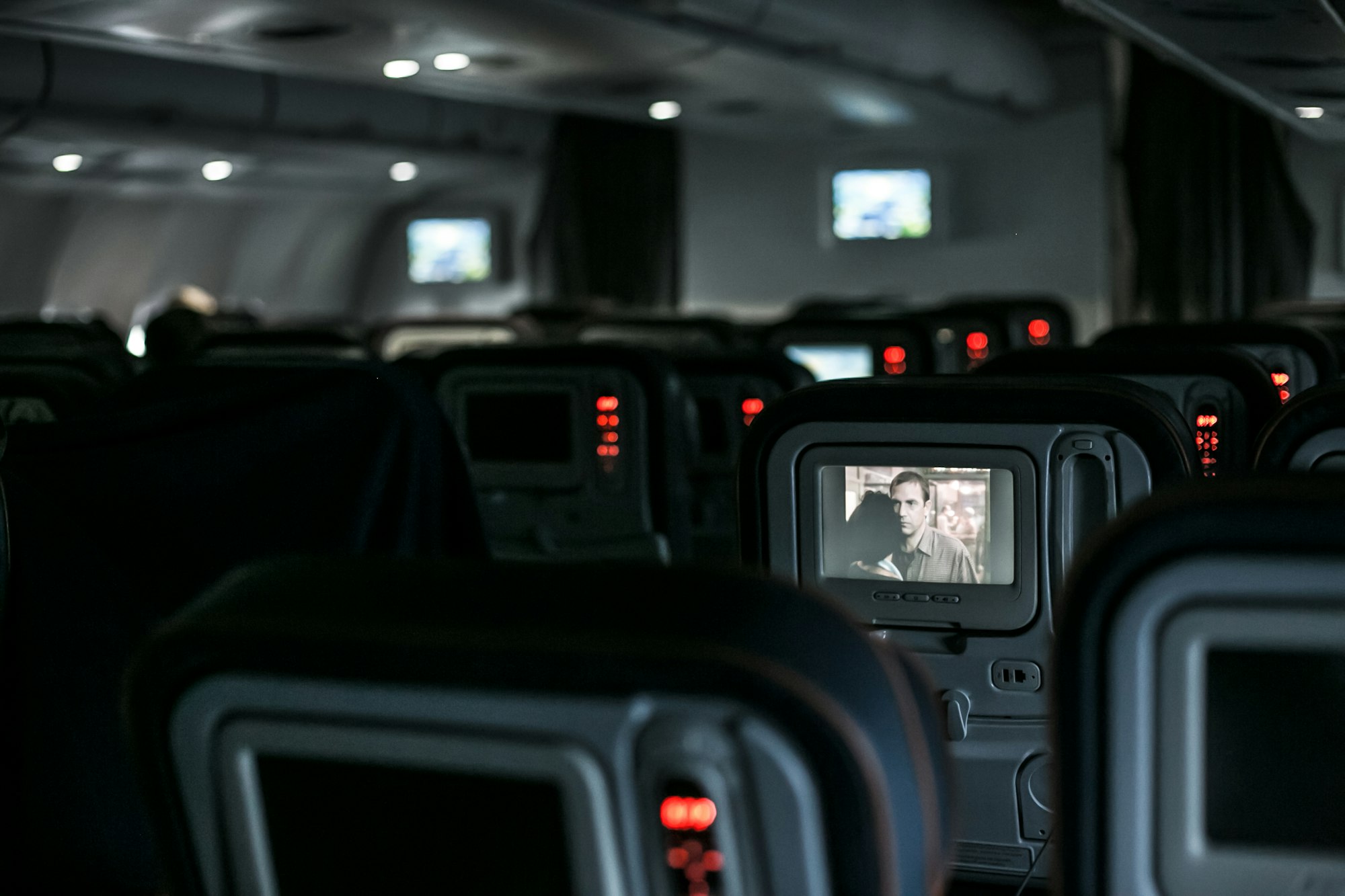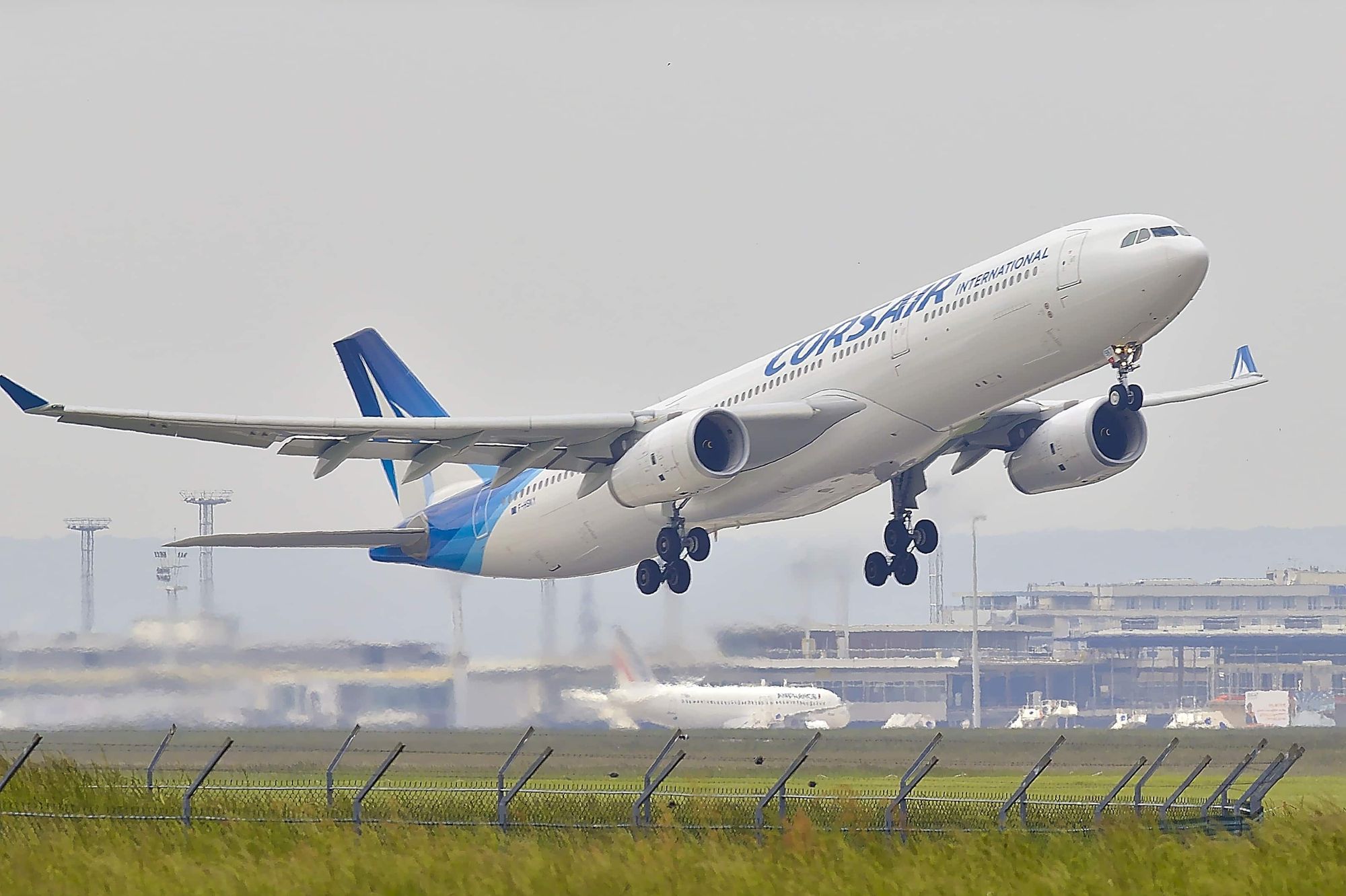How the Post-Pandemic Aviation Industry Can Take Off Again in Time For Summer
From the outset, the Aviation Industry has been cautious over how long it would take for a full recovery to pre-pandemic levels. But how can the industry make enough of a recovery before the Summer Travel season?

One thing that has remained broadly constant through the pandemic has been our desire to travel for leisure purposes, whether for holiday or to visit friends and relatives; it is just that we have not always been able to fulfil these desires due to both restrictions on travelling as well as a lack of or indeed no flights to our destinations of choice. Indeed, and entirely predictably we have seen traffic bounce back as markets have reopened (domestic first and then progressively international markets); a number still remain closed – International passenger numbers for the members of the Association of Asia Pacific Airlines are some 8% of the level they were in the early months of 2019 – the best year for benchmarking performance.

From the outset we have always been cautious over how long it would take for a full recovery to pre-pandemic levels before growth was re-established and indeed we do not see this happening in some markets until 2024. Indeed, the management at London Heathrow Airport suggested that they are now not expecting a recovery to 2019 levels until perhaps 2025-2026.
For a sector which is particularly dependent on the "demand side" on a range of economic factors, but where some variant or subset of GDP is generally regarded as the key driver and similarly on the supply side, a number of externally determined costs, either in international markets - for example fuel - or administered costs via a cost-related formula - like airport and navigation charges - are particularly important, “event related disturbance” is a regular feature. However, in some markets the underlying economics were very much and increasingly on the "supply side" and any variation in demand was always going to be painful. After the great financial crisis, it took some 8 years for the number of flights in Europe to get back to 2008 levels. Whilst the adjustment to Covid and the associated restrictions was immediate, the recovery has been patchy and this is before the impacts of the war in Ukraine are fully felt on the sector, and where other than in the case of fuel, and indeed some wider economic impacts, they will be airline specific.

At the simplest level business strategy is distilled to a three-word slogan; “Survive, compete and prosper”. As with many other businesses, only the first of these mattered after the onset of Covid for both airlines, airports and the raft of supply and service industries supporting the sector. At the depth of the pandemic, Rowland Hayler of Five Aero estimated that there had been more than 620,000 job losses across the wider aviation sector (airlines, airports and manufacturers) of which almost 70% were at airlines, 16% at manufacturers and some 12% at airports (including those providing services to airlines). On the other side of the equation and where the only thing that mattered was conserving, as well as finding additional sources, of cash; new hiring, until recently was either zero or next to zero. As the industry has begun to recover, let alone grow, not only have the challenges of not having enough suitably trained staff become increasingly evident but this will inevitably act as a constraint on recovery for a number or airlines and associated businesses as we progress through 2022 and into 2023.

In the near term, given the pent-up demand that still exists - and almost by definition given the way that economics works, some constraints on the supply side are “not unhelpful” in terms of fares and revenues - it is only when there is excess demand that it is generally possible to pass at least some of an increase in the fuel price onto passengers. However, the ability to do this does not apply equally to all airlines.
Even in more normal times, some occupations have high turnover rates particularly on the ramp which on wet and cold days in the Northern Hemisphere are often not appealing places to work and indeed it is likely that many of those who left the industry not of their own choice will not return - this is something that has also been seen in some parts of the wider hospitality industry - which has implications for hiring policies and wages but also and particularly in respect of training.

Of late there has been plenty of anecdotal evidence of the impact that shortages of loaders are having on some airlines at (reduced) peak times of activity. Aviation is a system and for passengers and their bags to be taken from one airport to another depends on a large number of different activities. Where this system is only as good as the weakest link and where, despite some limited “labour hoarding” to “preserve the capability to recover quickly”, the labour “shake out” that we have seen means that we should not be surprised by the almost daily news that a particular airline is looking to hire across a number of activities.
Whilst the phrase “build back better” has perhaps become one of the more overworked ones of the last year or so, there is no doubt that businesses in this sector should be able to deliver “more for less” - or in other words manage with enough but fewer employees than they did before. This is something that again places a great emphasis on selection and rapid, repeatable and successful training, as well as management to, both make up the short fall in the number of employees that are required, to enable the businesses to recover to previous levels of activity and then grow, as well as to improve performance. Whilst some managements have taken steps to deliver this, they tend to be the exception rather than the rule – there are still too many cases where the plans that are in place will deliver too little, too slowly.

Virti - A Solution for the Cockpit and Beyond
Training is crucial to keeping airlines up in the air in these difficult circumstances. Immersive training is proven to enhance quality, processing speeds, and lower error rates.
Learn more about how Virti can help improve your team's performance on the ground, and in the air.


